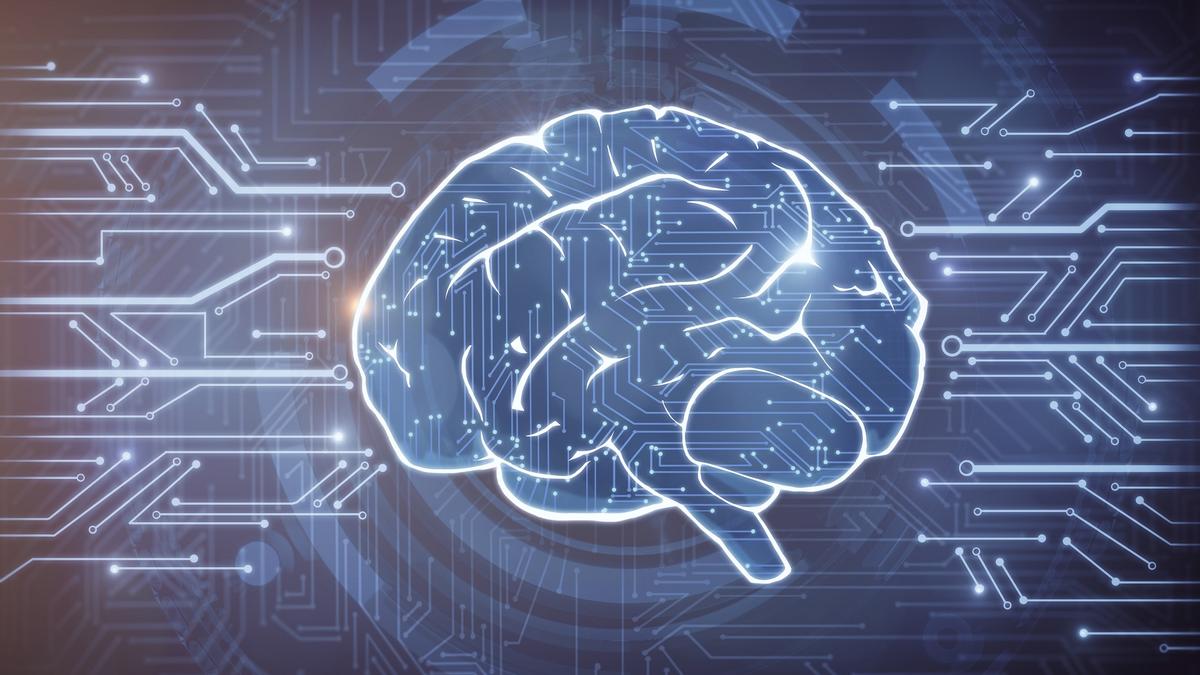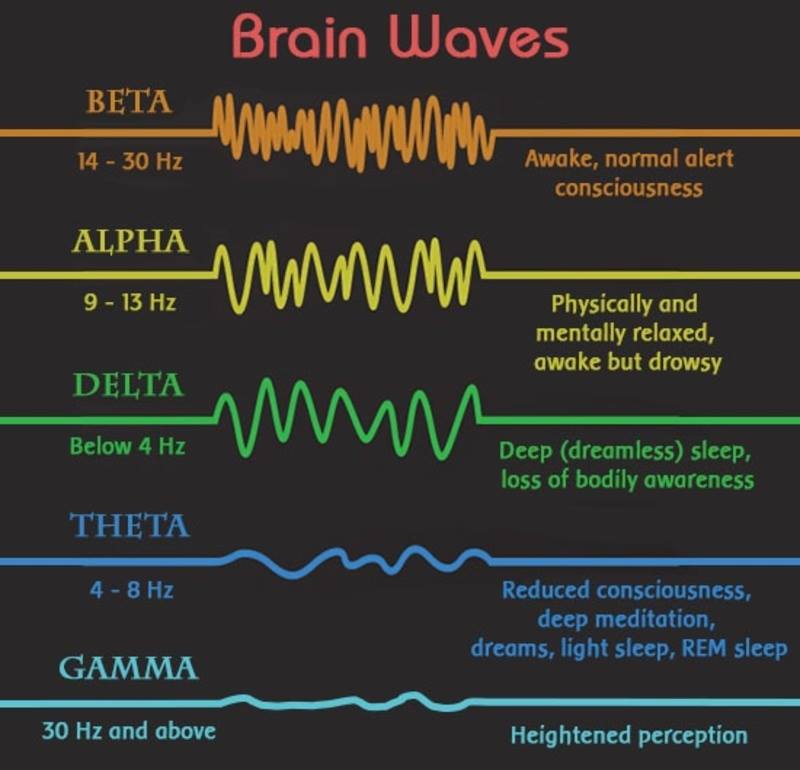
Category: neuroscience – Page 1,143



Your Mind Is Not Limited to Your Brain, Scientists Say
Have you ever questioned someone’s state of mind or reminded someone that it pays to be mindful? Maybe you’ve told someone that they needed to be more open-minded? Or perhaps you’ve felt like you need to find some peace of mind for yourself.
But have you ever wondered what exactly a mind is?
If you try, it’s quite difficult to define the concept. It is the center and stronghold of your being, the basis of your consciousness and without it can you even be considered to be truly alive? I have wondered many times about what and where it is.
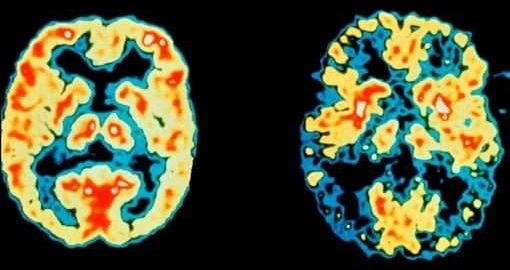
Alzheimer’s gene neutralised in human brain cells for the first time
S cientists have claimed an important breakthrough in the battle against Alzheimer’s after neutralising the most significant gene responsible for the disease for the first time.
A team in California successfully identified the protein associated with the high-risk apoE4 gene and then manage to prevent it damaging human neuron cells.
The study could open the door to a potential new drug capable of halting the disease, however the researchers have urged caution because so far their compound has only been tried on collections of cells in a laboratory.
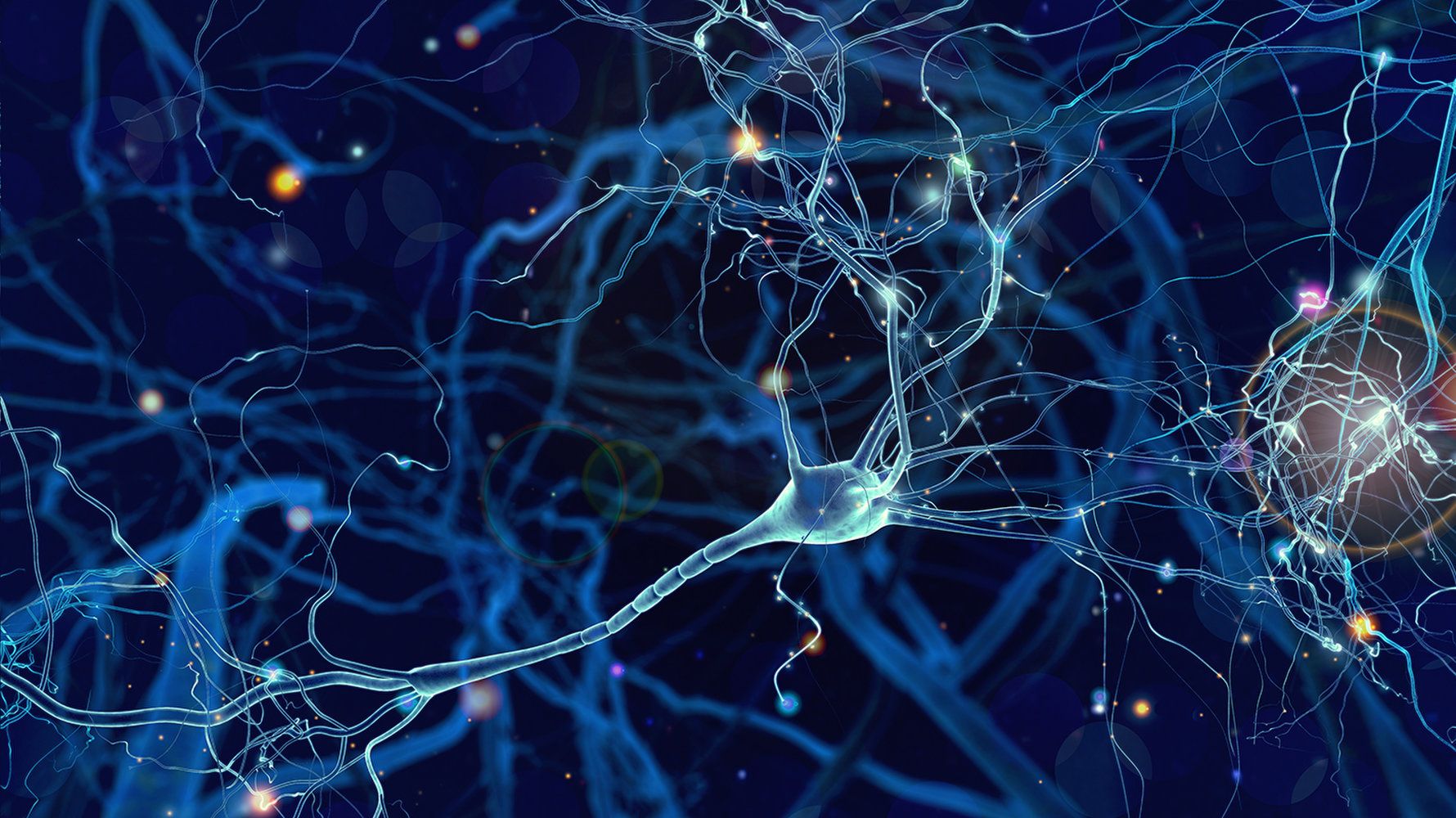

Science Is Getting Closer to Understanding What Goes on Inside The Mind When We Dream
Dreams are so strange and carry so much significance to us that we often feel the need to tell people about our nocturnal adventures, sometimes at tedious length.
But if you understand what goes on inside the brain as dreams take their course, they start to make a lot more sense. And dreams are much more important than you might think.
Here are some common questions answered about the nighttime hallucinations we call dreams.
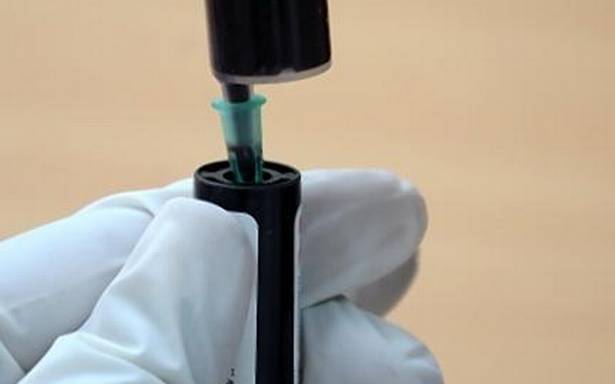
Blood test to detect Alzheimer’s disease
Will open avenues for drug discovery
Scientists have developed a new blood test for Alzheimer’s disease that can detect early indicators of the disease long before the first symptoms appear in patients. The blood test would thus open the door to new avenues in drug discovery, said the researchers from Ruhr University Bochum in Germany.
The blood test uses a technology called immuno-infrared sensor to measure distribution of pathological and healthy structures of amyloid-beta, according to a study published in the Molecular Cell. The pathological amyloid-beta structure is rich in a sticky, sheet-like folding pattern that makes it prone to aggregation, while the healthy structure is not.

